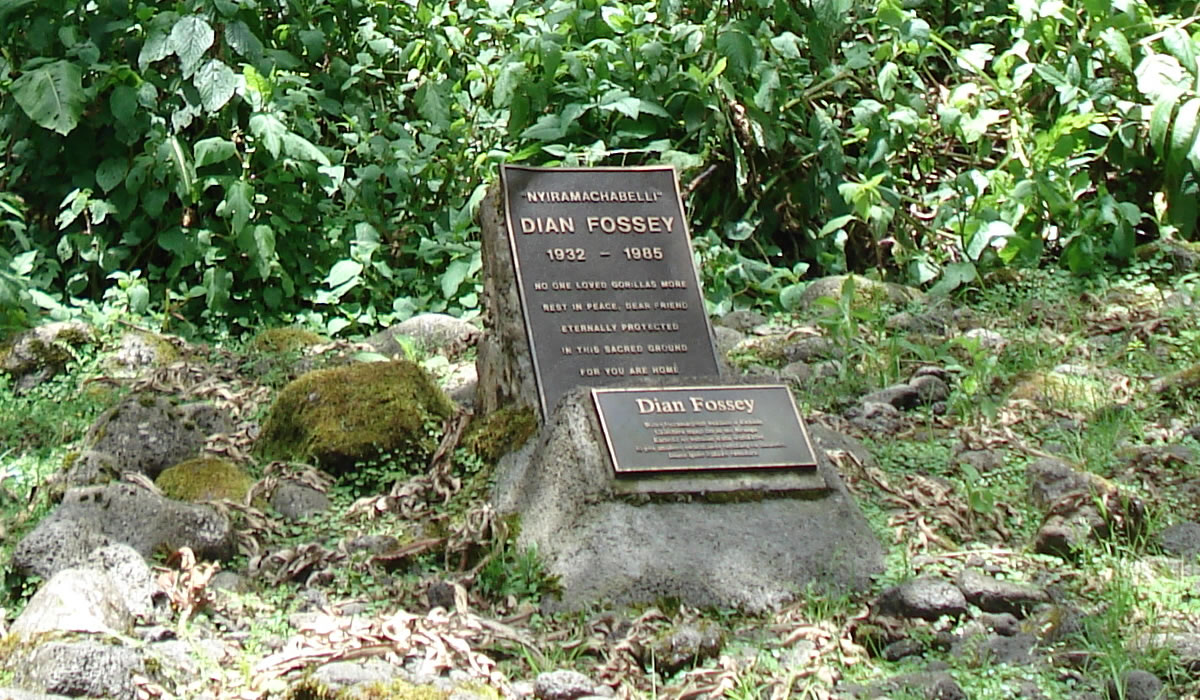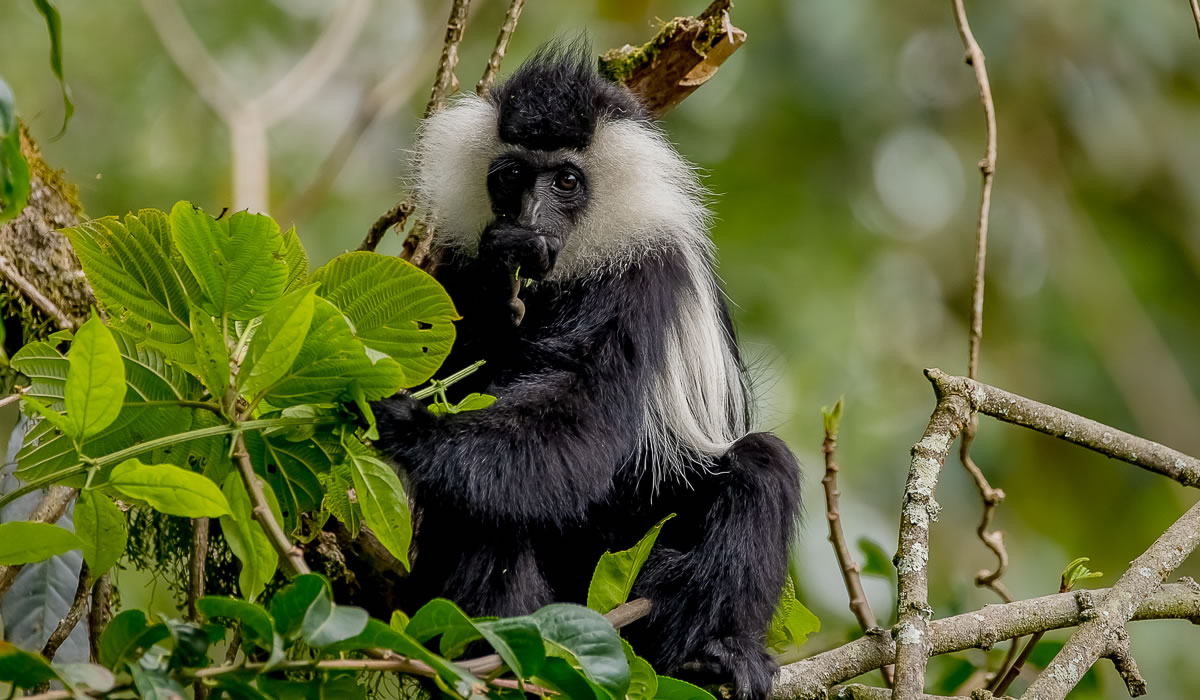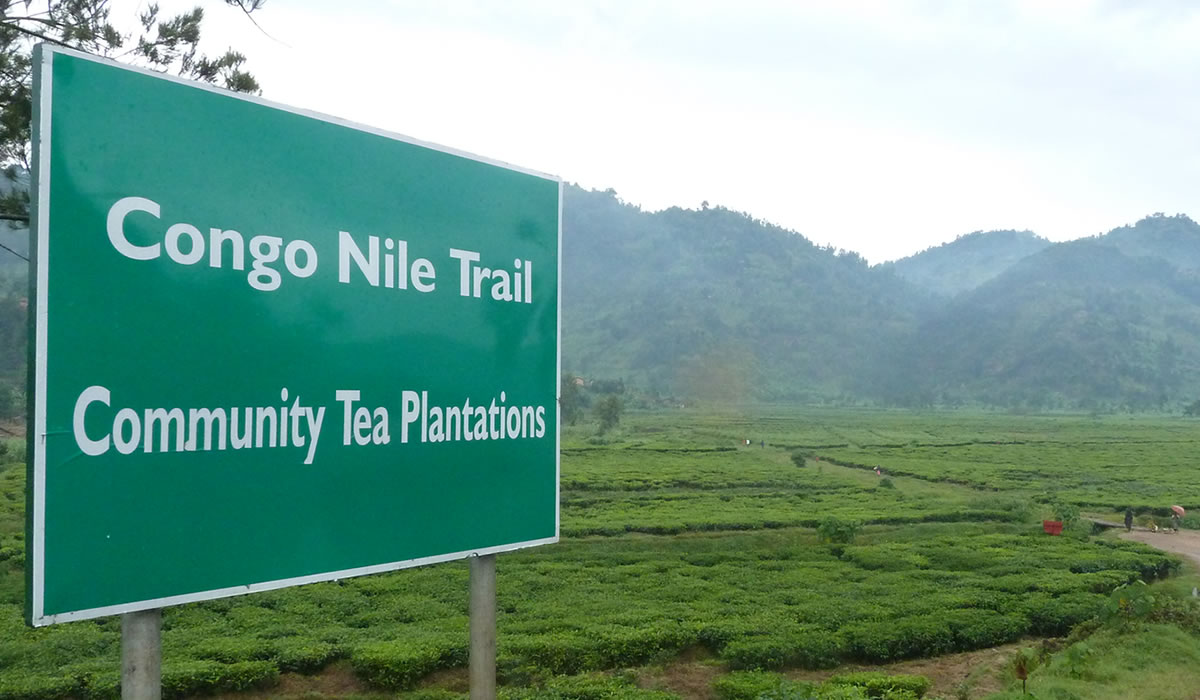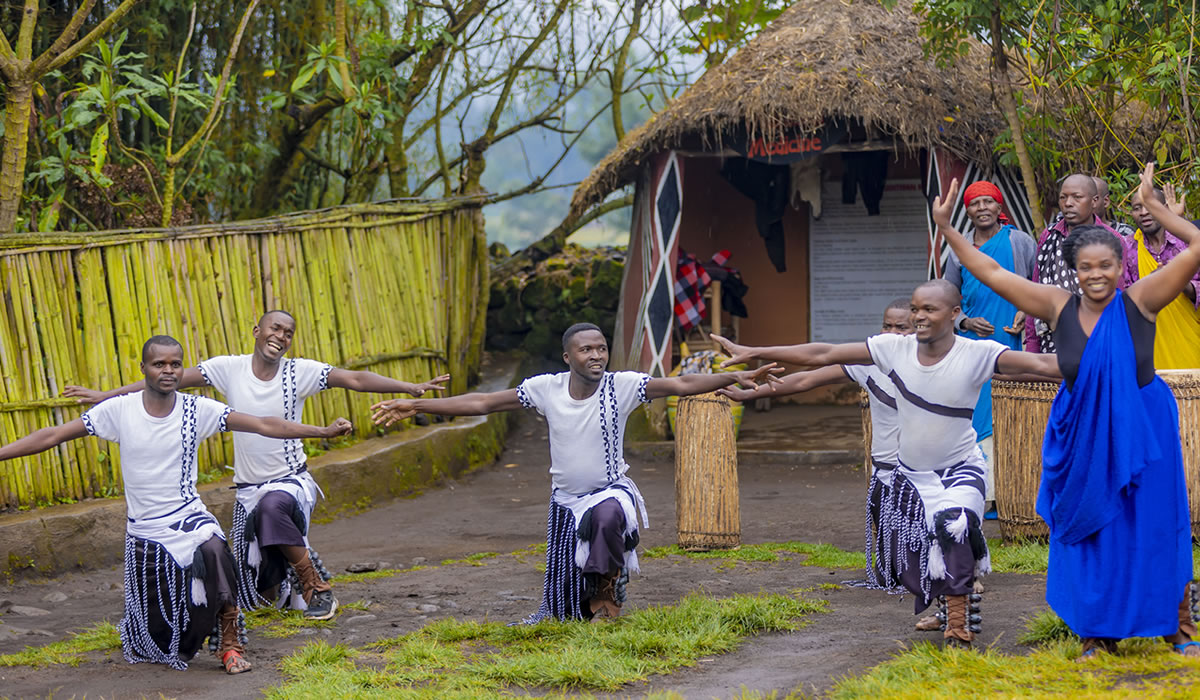Located in the southwestern part of Rwanda, Nyungwe Forest National Park stands as one of…

Hiking to the Dian Fossey Tomb in Rwanda
High in the misty forests of Rwanda’s Volcanoes National Park, a quiet yet profound pilgrimage awaits adventurers and conservation enthusiasts alike: the hike to the Dian Fossey Tomb. This trek is not merely a journey through one of Africa’s most biodiverse environments; it is a step into the legacy of a woman who dedicated her life to the protection of one of the planet’s most endangered creatures the mountain gorilla. Nestled between the towering volcanic peaks of Karisimbi and Bisoke, the site of Dian Fossey’s tomb and the remnants of her Karisoke Research Center offer an intimate, emotional, and educational experience that touches the heart of Rwanda’s conservation story.
Who Was Dian Fossey?
Before diving into the hiking experience itself, it is important to understand the extraordinary figure behind the tomb. Dian Fossey was an American primatologist and conservationist whose pioneering work with mountain gorillas brought global attention to their plight. Arriving in Rwanda in 1967, Fossey established the Karisoke Research Center, a combination of the names of the nearby Mount Karisimbi and Mount Bisoke, to study and protect these gentle giants.
Fossey’s groundbreaking research over 18 years transformed our understanding of gorilla behavior, social structure, and communication. Her relationship with the gorillas was deeply personal and based on trust. By habituating the gorillas to human presence through quiet observation and mimicking their behavior, she was able to study them up close in their natural habitat, something few had ever done.
Yet Fossey’s legacy extends far beyond scientific discovery. She became a fearless advocate against poaching, illegal animal trade, and habitat destruction. Her strong stance against these threats earned her enemies, and on December 26, 1985, she was tragically found murdered in her cabin at Karisoke. Though the mystery of her death remains unresolved, her work laid the foundation for modern gorilla conservation, and her legacy lives on through institutions like the Dian Fossey Gorilla Fund.
The Starting Point: Kinigi and Volcanoes National Park
The hike to the Dian Fossey Tomb begins at the Volcanoes National Park headquarters in Kinigi, located in Musanze District, about a 2.5-hour drive from Kigali, Rwanda’s capital. Kinigi serves as the main base for all trekking activities in the park, including gorilla trekking, golden monkey tracking, and volcano hikes.
Before the hike begins, visitors must check in at the park headquarters by 7:00 AM. Here, groups are formed, briefings are conducted, and professional guides and porters are assigned. The hike to the Dian Fossey Tomb requires a special permit, which as of recent years costs $75 USD per person, excluding park entrance fees. Porters can be hired for an additional fee, and tipping is customary and appreciated.
The trail is open year-round, although it is advisable to check the weather forecast and come prepared during the rainy seasons, typically from March to May and October to November, when the path can become muddy and slippery.
The Hike Itself: A Journey Through Nature and Legacy
The actual hike begins at the base of Mount Bisoke and follows a winding trail through the bamboo and hagenia forest of Volcanoes National Park. The round-trip journey typically takes 3 to 4 hours, depending on your pace and weather conditions. The hike covers an elevation gain of approximately 600 meters, reaching an altitude of around 3,000 meters (9,800 feet). Though not as strenuous as some of the park’s volcano climbs, it does require a moderate level of fitness due to the high altitude, steep terrain, and muddy conditions.
As you ascend, you will be enveloped by lush greenery, damp earth, and the haunting calls of forest birds. The park is teeming with biodiversity, and while spotting large mammals like mountain gorillas on this route is rare, hikers often encounter golden monkeys, bushbucks, and a variety of colorful bird species. The trail itself is beautiful, winding past moss-draped trees and through thick foliage where the air is cool and fresh.
Guides provide fascinating commentary along the way, sharing insights into Dian Fossey’s life, the behavior of mountain gorillas, and the ongoing conservation efforts in the region. For those who have read Fossey’s book, “Gorillas in the Mist,” or seen the film adaptation starring Sigourney Weaver, the journey brings her story vividly to life.
The Karisoke Research Center Ruins and Fossey’s Final Resting Place
After about 90 minutes to two hours of hiking, visitors reach the Karisoke Research Center site, now mostly in ruins. Here, the foundations of the original cabins, kitchens, and workspaces can still be seen, slowly being reclaimed by the forest. Though the physical buildings are gone, the spirit of Fossey’s dedication lingers in the air, creating a powerful, reverent atmosphere.
A short distance beyond the ruins lies Dian Fossey’s tomb, marked by a modest gravestone. She is buried next to her beloved gorilla Digit, who was killed by poachers in 1977, as well as several other gorillas from the original research groups. The site is quiet, tranquil, and deeply emotional. Visitors often take time to reflect, pay their respects, and absorb the significance of Fossey’s sacrifices and the impact of her work.
Seeing her grave surrounded by the wilderness she loved so dearly and defended so fiercely, provides a poignant moment of connection between past and present. It underscores the reality that conservation is not just about wildlife, but also about the people who dedicate their lives to protecting it.
The Return Journey
The descent from the tomb follows the same path back to the base of Mount Bisoke. While the hike down is generally easier, caution is still required due to uneven and often slippery terrain. On clear days, the hike offers breathtaking views of the Virunga Mountains and the surrounding landscape, with terraced hills and villages stretching into the horizon.
Upon returning to the trailhead, most hikers feel a sense of accomplishment and awe, not just for completing the hike, but for having walked in the footsteps of one of the most iconic figures in wildlife conservation. It is an experience that stays with you long after the mud has been washed off and the hiking boots put away.
What to Bring
Given the altitude and terrain, preparation is essential. Here are some recommended items for the hike:
- Sturdy hiking boots with good grip
- Waterproof jacket or poncho (rain is common even in the dry season)
- Long pants and sleeves to protect against nettles and insects
- Hat and sunscreen for sun protection
- Daypack with at least 1-2 liters of water and snacks
- Gloves for grabbing vegetation on steep inclines
- Walking stick, often provided or rented at the trailhead
- Camera (with waterproof protection if needed) to capture the stunning scenery
Hiring a porter is highly recommended not only for support but also to contribute to the local economy. Porters can carry your backpack and assist on difficult parts of the trail.
Dian Fossey Gorilla Fund
While the original Karisoke site lies in ruins, the Dian Fossey Gorilla Fund continues her work from its new base in Musanze, where a state-of-the-art research and education center opened in 2022. The Ellen DeGeneres Campus of the Dian Fossey Gorilla Fund is a modern facility that serves as a hub for research, conservation, and community engagement. Visitors to Musanze can tour the campus, learn about current research, and even sponsor conservation programs.
The continuity of Fossey’s mission through modern initiatives is a testament to her enduring impact. Today, thanks to Rwanda’s robust conservation strategies, the mountain gorilla population is one of the few wildlife species in the world whose numbers are increasing. The combination of community engagement, tourism revenue, and scientific research has made Volcanoes National Park a global model for conservation success.
Cultural and Ethical Significance
Beyond the physical challenge and natural beauty, the hike to Dian Fossey’s tomb is also a journey of reflection. It highlights the human cost of conservation, the complexity of balancing local needs with global ecological priorities, and the power of individual commitment. Fossey’s life raises ethical questions about intervention, advocacy, and the responsibilities we hold as stewards of the natural world.
For Rwandans, Fossey is both a hero and a symbol of international collaboration in preserving their natural heritage. Her presence helped shift perceptions of gorillas from feared beasts to vulnerable kin, deserving of empathy and protection. The tomb site, preserved and maintained with dignity, serves not only as a tribute to her but also as an educational site for future generations.
Hiking to the Dian Fossey Tomb in Rwanda is more than a physical adventure, it is a profound encounter with history, conservation, and the indomitable human spirit. In the misty forests where mountain gorillas still roam freely, visitors walk a path forged by courage, compassion, and unwavering dedication. This unique experience blends nature, legacy, and learning in a way that few other treks can offer.
Whether you are a wildlife enthusiast, a student of history, or a traveler seeking meaning beyond the ordinary, the Fossey Tomb hike delivers insight and inspiration. It is a reminder that one person’s passion can ignite global change and that even in the remotest corners of the world, footprints can echo forever.




